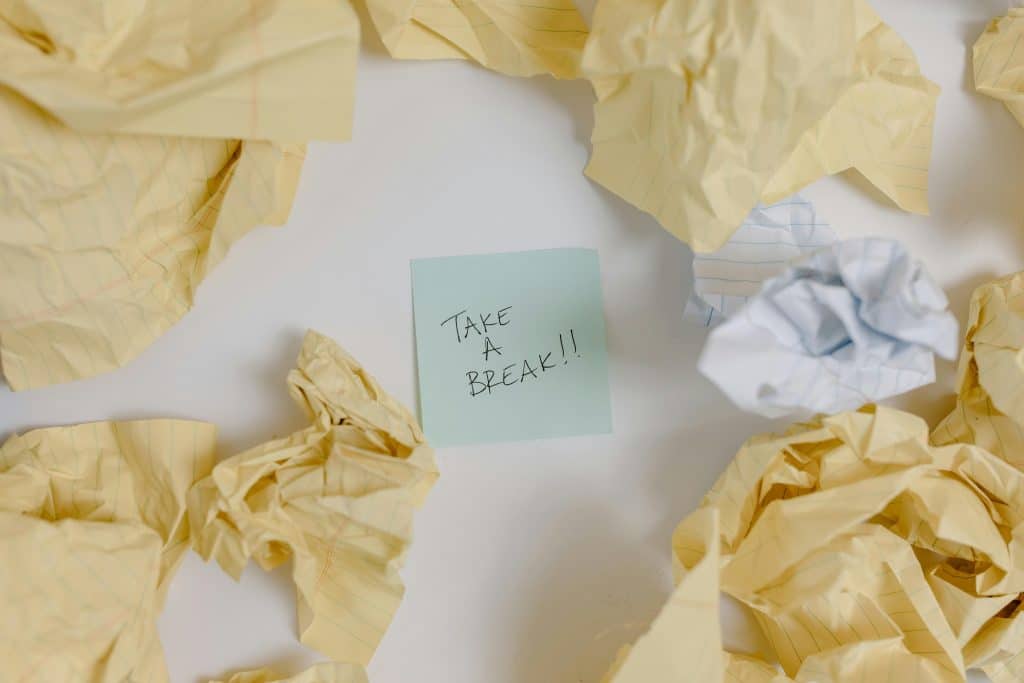In an age defined by constant connectivity and relentless productivity demands, the concept that pauses create room for innovation can feel counterintuitive. Yet, research and emerging workplace trends show that deliberate breaks and pauses are not just restful moments—they are essential spaces where creativity, problem-solving, and fresh ideas take shape.
This article explores why pausing is a critical component of innovative thinking, examines current scientific findings and workplace practices, and offers practical guidance on how to incorporate pauses strategically to boost creativity and innovation.

The Science Behind Pauses and Innovation
Why Pauses Matter to the Brain
Modern neuroscience supports the idea that breaks and pauses are crucial for cognitive function and creativity. When we pause, the brain transitions from focused, task-oriented “executive mode” to the default mode network—a state associated with spontaneous thinking, daydreaming, and insight generation.
This network helps connect disparate ideas and memories, often leading to moments of creative insight that don’t arise during sustained concentration. Simply put, when we stop trying so hard to solve a problem, our brain starts working on it in the background.
Incubation Effect in Problem-Solving
The “incubation effect” describes the phenomenon where stepping away from a problem leads to sudden clarity or innovative solutions. Pausing allows subconscious processes to recombine information in novel ways—fueling breakthroughs.
The Role of Microbreaks and Mindful Pauses
Recent studies show that short microbreaks (as brief as 5-10 minutes) improve creativity and mental agility. These breaks reset attention and reduce mental fatigue, leaving room for innovative thinking to flourish when you return to work.
Current Trends Emphasizing How Pauses Create Room for Innovation
Workplaces Redesigning for Break Culture
Companies like Google and Apple have redesigned work environments to incorporate quiet zones, nap pods, and flexible schedules to encourage pauses. This trend reflects growing recognition that innovation is fostered not only by hard work but also by well-timed rest.
The Rise of Mindfulness and Meditation in the Workplace
Mindfulness programs have surged in popularity as tools to help employees pause intentionally. Research links mindfulness practices to enhanced creative thinking and better problem-solving.
Technology Encouraging Breaks
Paradoxically, technology itself is promoting pause. Apps like TimeOut and Forest encourage users to take breaks or focus on tasks in timed intervals, fostering healthier work rhythms that enable creative recovery.
How to Make Pauses Work for Innovation: A Practical Guide
Implementing pauses strategically can transform how you approach creativity and productivity. Here’s how to do it:
1. Schedule Regular Microbreaks
Set timers to remind yourself to pause every 60–90 minutes. Even a 5-minute break to stand, stretch, or breathe deeply resets focus and nurtures mental flexibility.
2. Create “No-Meeting” Zones
Carve out parts of your day or week where meetings and interruptions are blocked, allowing uninterrupted time for reflection and incubation.
3. Practice Mindful Pausing
During breaks, avoid distractions like social media. Instead, try mindfulness exercises—such as focused breathing or body scans—to calm the mind and invite creative insights.
4. Take Walks or Change Your Environment
Movement and a change of scenery have long been linked to enhanced creativity. Consider taking short walks or working from a new location to encourage fresh perspectives.
5. Use Pauses for Idea Incubation
If stuck on a problem, deliberately pause and switch to an unrelated task. Return later to see if new connections or solutions arise.
Why Pauses Create Room for Innovation: The Long-Term Benefits
Improved Cognitive Flexibility
Frequent pauses prevent mental rigidity and help maintain cognitive flexibility, enabling you to adapt and innovate in changing circumstances.
Reduced Burnout and Sustained Creativity
Chronic overwork exhausts mental resources and stifles innovation. Pauses reduce stress and burnout, creating conditions for sustained creativity over time.
Enhanced Collaboration and Idea Sharing
Breaks often provide informal social moments where spontaneous conversations spark new ideas. Team innovation is frequently fueled by these unstructured pauses.
Common Challenges When Introducing Pauses and How to Overcome Them
- Feeling guilty about stopping: Shift mindset to view pauses as productivity tools, not time-wasting.
- Difficulty disconnecting: Use apps or set clear boundaries to minimize distractions during breaks.
- Work culture resistance: Advocate for pause-friendly policies by sharing research and examples from innovation leaders.
Conclusion
As the evidence grows, one message is clear: pauses create room for innovation by allowing the brain to rest, reset, and reimagine possibilities. Whether through microbreaks, mindfulness, or changing environments, intentional pauses are key to creative breakthroughs.
Instead of pushing harder, smart innovators recognize when to step back and give space for ideas to mature. Incorporate pauses into your daily routine to cultivate mental clarity, foster innovation, and sustain creativity over the long run.
References
- Raichle, M. E. (2015). The Brain’s Default Mode Network. Annual Review of Neuroscience, 38, 433-447.
https://www.ncbi.nlm.nih.gov/pmc/articles/PMC4484381/ - Sio, U. N., & Ormerod, T. C. (2009). Does incubation enhance problem solving? A meta-analytic review. Psychological Bulletin, 135(1), 94-120.
https://www.sciencedirect.com/science/article/abs/pii/S0749597809000013 - Ariga, A., & Lleras, A. (2011). Brief and rare mental ‘breaks’ keep you focused: Deactivation and reactivation of task goals preempt vigilance decrements. Cognition, 118(3), 439-443.
https://pubmed.ncbi.nlm.nih.gov/21635345/ - Kantor, J. (2023). The Quiet Office Is the Next Big Thing. Wall Street Journal.
https://www.wsj.com/articles/the-quiet-office-is-the-next-big-thing-11650792601









